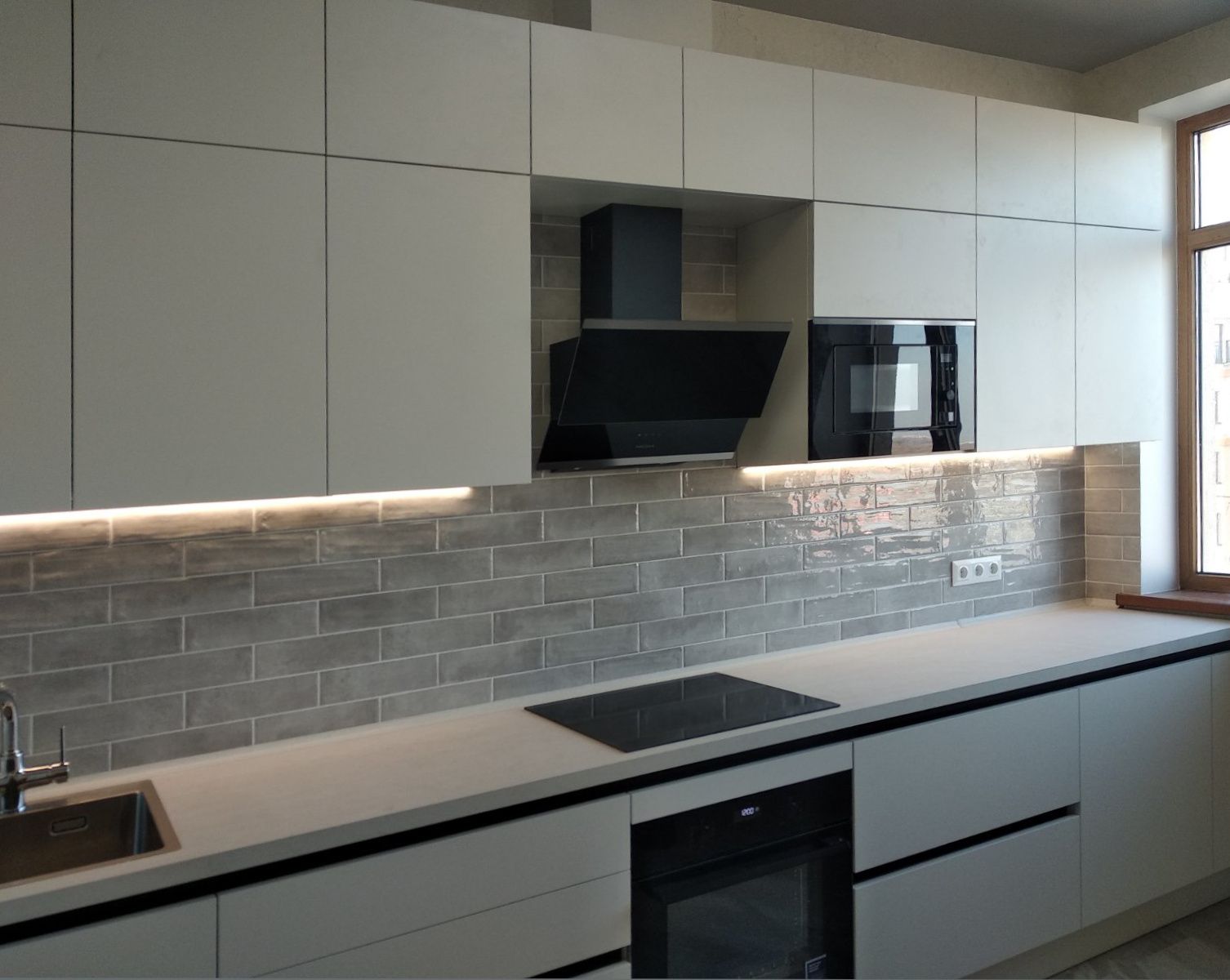
Culinary Spaces Reimagined
The Evolution of Kitchen Design
The kitchen, once a purely functional space relegated to the back of the home, has undergone a dramatic transformation. In contemporary living, the kitchen has become the heart of the home, a place for family gatherings, entertaining, and expressing personal style. This shift has sparked a creative movement among designers and homeowners alike to reimagine culinary spaces as both aesthetically pleasing and operationally efficient.
Blurring the Lines Between Cooking and Living Areas
Open floor plans have facilitated the merging of the kitchen into living and dining areas, encouraging more social interaction. This design philosophy promotes a seamless flow between spaces, with elements such as kitchen islands doubling as both prep stations and dining tables. Such layouts invite culinary activity to be a communal process rather than a solitary task.
Technology and Innovation in the Kitchen
Advancements in technology and the availability of innovative appliances have redefined what is possible in kitchen design. Smart appliances enable more precise cooking techniques and remote control, while offering sleek designs that blend with modern cabinetry and finishes. Features like hideaway storage and retractable surfaces also contribute to a minimalist and clutter-free environment, focusing attention on the craftsmanship of the meals and the beauty of the space.
Sustainability and Conscious Culinary Spaces
As environmental consciousness grows, sustainable kitchen practices have become an integral aspect of design. This includes using eco-friendly materials, energy-efficient appliances, and designs that promote recycling and composting. By incorporating green philosophies, culinary spaces now reflect the values of their users, fostering a healthier relationship with food and the planet.
Material and Textural Innovations
The selection of materials in the kitchen has expanded beyond traditional woods and granites to include an array of composites, metals, and glasses. These materials are not only chosen for their durability but also for their ability to create distinct visual and tactile experiences. The trend toward mixing textures and finishes injects personality and depth into the kitchen, transforming it into a canvas for material experimentation.
Experiential Culinary Spaces
Senses are heightened in a kitchen where design focuses on the experiential. Features like herb gardens, wine storage displays, and incorporated tasting areas make the act of cooking and eating more interactive and enjoyable. These thoughtful details create a culinary space that is not only about the function but also celebrates the ritual of cooking and the joy of food.
Conclusion
Culinary spaces have been reimagined to not only better serve the evolving needs of home chefs but also to reflect the personal style and ethos of the modern individual. The reimagined kitchen is no longer just a place to prepare meals—it's a multifunctional, inviting, and innovative space that stands at the forefront of design and lifestyle trends. The future of culinary spaces continues to inspire with possibilities that extend far beyond the traditional boundaries of cooking and dining.